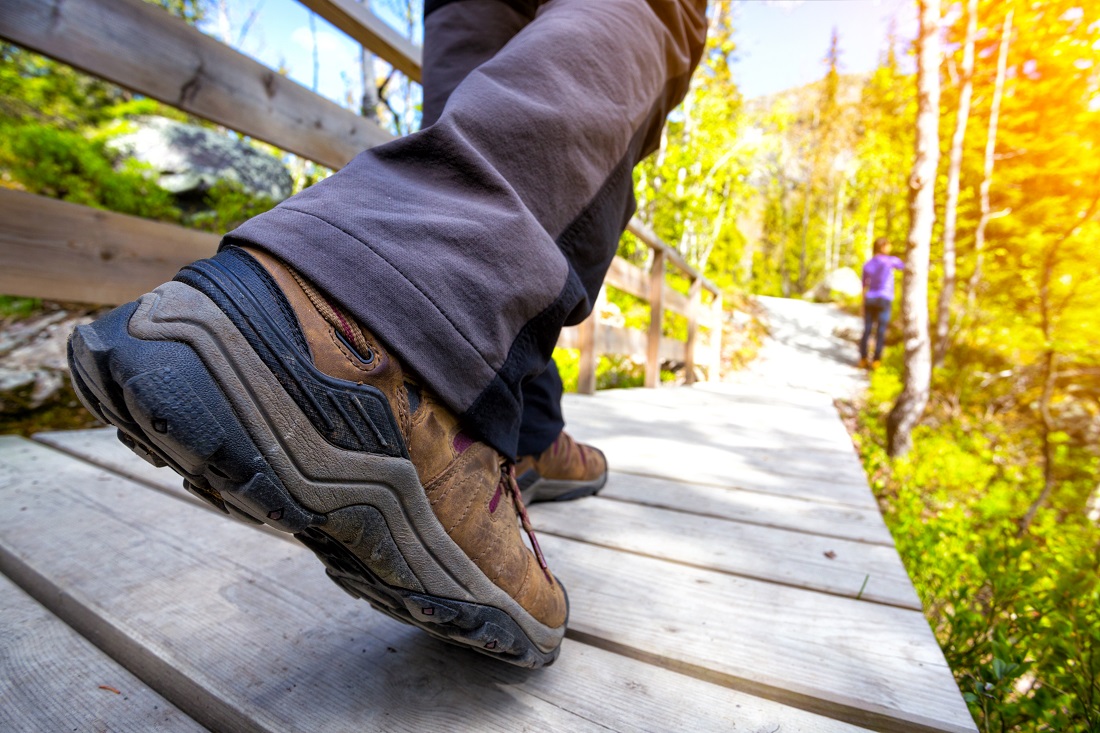People who are in good shape take fewer mental-health related medication
Exercising can be absolutely awful. However, none of our excuses matter when it comes to the health benefits. The benefits go beyond physical health —exercise also has a major impact on mental health.
“We find that people who are in better shape fill fewer prescriptions for anxiety and depression medications,” says Linda Ernstsen, the senior author of the article and an associate professor from the Department of Public Health and Nursing at NTNU.
The research group based its work on the Trøndelag Health Study (HUNT). Since 1984, 250,000 Trøndelag residents have voluntarily contributed their health data to this comprehensive research project. The data are available to researchers, who can use the data to estimate people’s fitness levels, among other things.
The figures were taken from the third data collection round, called HUNT3, which was conducted from 2006 to 2008.
The research group compared the data from HUNT3 with data from the Norwegian Prescribed Drug Registry, which provides an overview of medications that have been dispensed in Norway.
Reduces the need for medication
“Being in better physical shape appears to reduce the need for anxiolytic drugs and antidepressants,” Ernstsen said.
In a previous study, Ernstsen and her co-authors found that people who were in good physical shape during the second HUNT study had a lower prevalence of depressive symptoms when they were participants in HUNT3 ten years later. However, at the time, the researchers found no correlation between good physical shape and anxiety.
But the new study design, which allows the researchers to look at what kinds of medication HUNT3 participants obtained from pharmacies as late as 2018, allowed the researchers to find the correlation.
However, the study does have a theoretical catch. The researchers can only see what kinds of medication were dispensed to people by pharmacies. They cannot see whether people actually took the medication — there’s no way to monitor people at their medicine cabinets.
“Nevertheless, there is reason to believe that people who are prescribed medication have more symptoms than those who do not see a doctor,” according to first author Audun Havnen, an associate professor at the Department of Psychology at NTNU.
- You might also like:Immune system and mental health are connected
Greatest effect for men and young people
Being in good physical shape helps all age groups and both genders. However, some people get greater benefits from exercise and being in good physical shape than others.
“We find that men experience a greater effect from exercise than women. The correlations are also less clear for the elderly,” Ernstsen says.
But that doesn’t mean that it isn’t important for women and the elderly to exercise.
What came first?
We can, of course, ask what triggers what. Is it actually the case that good physical health helps prevent anxiety and depression? Or is it the case that people who suffer from anxiety and depression exercise less and are therefore in poorer shape?
In order to not include anyone who was already experiencing anxiety or depression at the start of the study, the researchers excluded anyone who had filled prescriptions for these conditions before participating in HUNT3, as well as for three months afterwards.
“We also adjusted for symptoms of anxiety and depression in statistical analyses. To the extent that the figures can be believed, we also feel fairly confident that we started with a relatively anxiety and depression-free cohort in HUNT3,” Ernstsen said.
In other words, the subjects were unlikely to have suffered from anxiety or depression beforehand.
- You might also like: Having trouble sleeping? Try exercise!
Unfortunately there are no shortcuts for people who can’t be bothered to exercise. We simply have to get started — unless we decide to give up. But is there really no other alternative?
“The results indicate that you can achieve a protective effect by improving your physical shape from poor to moderate, so any activity is beneficial,” Havnen says.
You should be physically active in a way that leaves you breathless and sweaty if you want to improve or maintain your physical condition. The Norwegian health authorities recommend that adults be physically active for at least 150 to 300 minutes at moderate intensity each week.
However, one option for people who are short on time is to aim for 75 minutes of high-intensity training each week or a combination of moderate and high-intensity training.
“Research reinforces the finding that each minute of physical activity counts,” Ernstsen said.
Reference: Audun Havnen, Ekaterina Zotcheva, Ottar Bjerkeset, Xuemei Sui, Linda Ernstsen, Cardiorespiratory fitness and incident use of anxiolytics and antidepressants in adults. A linkage study between HUNT and the Norwegian Prescription Database Journal of Affective Disorders, Volume 339, 2023, Pages 111-117, ISSN 0165-0327, https://doi.org/10.1016/j.jad.2023.07.029








